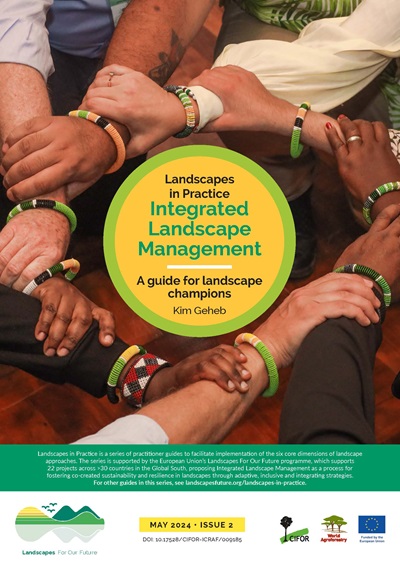Inclusive land restoration is increasingly considered to be a critical sustainable pathway to the achievement of sustainable development goals (SDGs) in developing countries. The literature suggests that good governance practices support successful sustainable natural resource management. The study assesses the role of landscape governance in a long-term thriving forest and landscape restoration project in Shinyanga. We apply the good governance principles, which include participation, representation and legitimacy, actor interactors, equity and fairness, accountability and transparency, and respect for local knowledge. Descriptive methods are used to analyze the data collected through focus group discussions and key informant interviews. The evidence suggests that all of the principles contributed positively to the successful restoration, except for accountability and transparency. Building on local knowledge and institutions, the local rules and norms of restoration constituted the foundation of the success. Equity and empowerment were the least influential attributes due to the exclusion of women in the management of the restoration areas. The actors identified the enhancement of the incentives, equitable benefit-sharing mechanisms, performance, and accountability instruments as the key governance aspects that would benefit land restoration at the landscape level. Furthermore, cohesion and synergies amongst the different actors, the governing structures, and recognizing formal and informal institutions’ interactions are vital determinants of restoration outcomes.
DOI:
https://doi.org/10.3390/su13147730
Altmetric score:
Dimensions Citation Count:
























